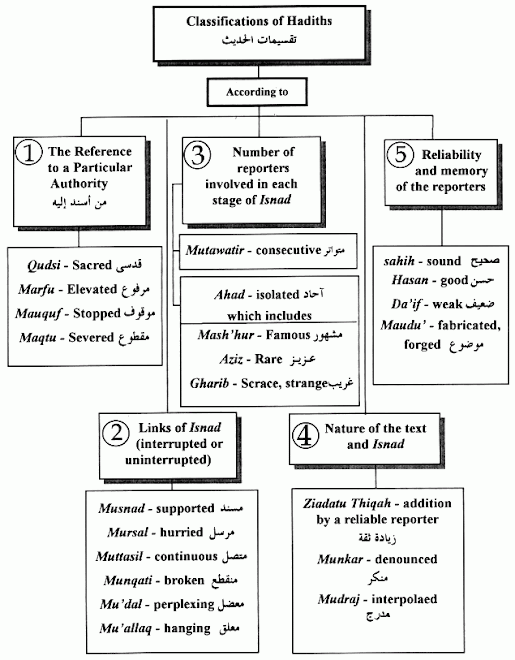I have a new article, "Zaynab's Guardians: The Emergence of Shi'a Militias in Syria," in this month's issue of the CTC Sentinel. The article focuses on 5 main issues: (1) the politics of sectarianism, (2) sectarianization as a gradual, parallel and mutually reinforcing process between communities in conflict, (3) overview of the composition of the militias, (4) ways in which historical memory & idioms are tapped in formulating mobilization frames for social movement creation/mobilization of social movements, & (5) why these frames resonate with the target audience(s). These are issues which will be a part of my doctoral dissertation and I will be starting to draft more traditionally academic article drafts on some of these issues in relation to these militias and their conceptions and narratives of self-sacrifice and martyrdom (which is a social practice promoted by every community around the globe, most of all the nation-state), funery and commemorative practices, and comparing and contrasting contemporary Sunni and Shi'i Muslim conceptions and narratives of martyrdom.
INTRODUCTION:
"The public emergence of Twelver Shi`a foreign fighter militias
operating with Syrian government forces loyal to President Bashar
al-Assad, together with the recent public admission by Lebanese Hizb
Allah that it is also operating alongside them, is the latest in the
increasing sectarianization of Syria’s civil war. Sectarianism has long
been a tool used for social and political mobilization by a variety of
actors, and has historically been employed as much in struggles within
the same community as in struggles between different communities.
Historically, sectarianism has been driven by politics and competition
over group identity, and has been a part of social processes to mobilize
large numbers of people against other groups. This remains true today.
As conflicts break down along sectarian or ethnic lines, identifiers
(differentiating one group from another)—such as religious affiliation,
nationality, or tribe—become increasingly salient. Mobilization frames,
which draw upon cultural idioms, are created and utilized to drive
social mobilization.
This article examines the gradual sectarianization of the Syrian
civil war with a particular focus on the emergence, composition,
mobilization frames and media campaigns of pro-Assad Shi`a militias.
Close attention is paid to the historical and cultural significance of
the mobilization frames and idioms used to inspire support from a broad
public, particularly Shi`a, for these groups’ participation.
Understanding these frames and their historical and cultural resonance,
referred to as “frame resonance” in social movement theory
literature, is vital to comprehending the drivers of the mobilization
and recruitment of Shi`a foreign fighters in Syria. It finds that these
frames, in turn, are the central element at play in the formulation of a
sectarian counter-narrative aimed at delegitimizing the Syrian
opposition and Sunni rebel groups as well as attracting Shi`a foreign
fighters from abroad to fight for al-Assad."
Read the rest HERE.
There is a typo in this sentence: "For their part, pro-Assad, Sunni rebel groups have drawn upon historical narratives and polemics to counter the information operations and messaging of the al-Abbas Brigade, Hizb Allah, and other Shi`a actors in Syria."
I unfortunately missed this typo during the editing process. The article went through numerous drafts and edits. Clearly I did not intend to describe the rebels as pro-Assad, mea culpa. I've contacted the publication's editor-in-chief to see if it can b e fixed in the online version.
Photographic and visual primary sources referenced in the article may be viewed here:
http://occidentblog.wordpress.com/2013/06/24/visual-references/






No comments:
Post a Comment